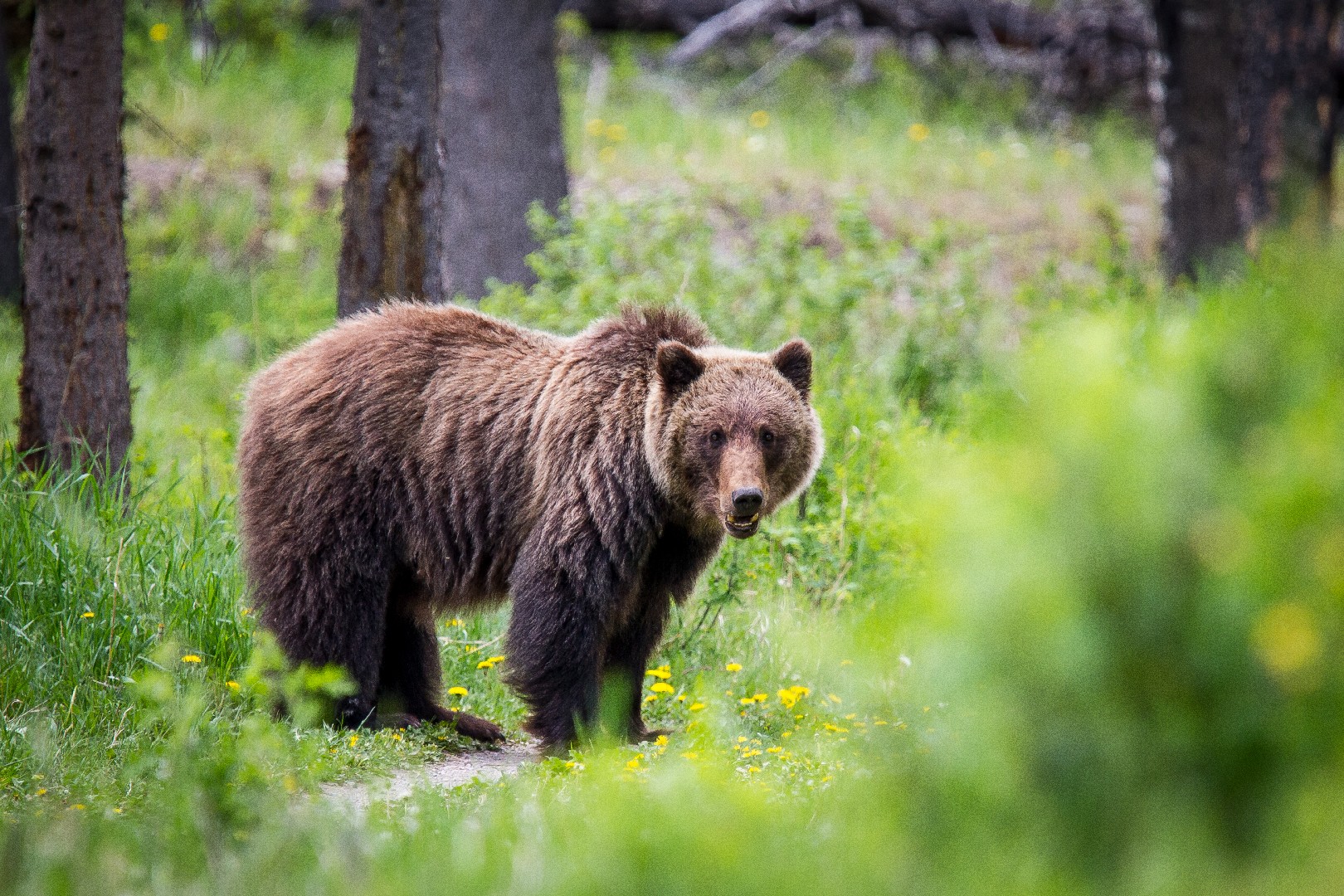Grizzly bear
A species of Bear, Also known as Grizzly Scientific name : Ursus arctos horribilis Genus : Bear
Grizzly bear, A species of Bear
Also known as:
Grizzly
Scientific name: Ursus arctos horribilis
Genus: Bear
Content
Description General Info
 Photo By Dwayne Reilander , used under CC-BY-SA-4.0 /Cropped and compressed from original
Photo By Dwayne Reilander , used under CC-BY-SA-4.0 /Cropped and compressed from original Description
Grizzly bear exudes a discernible degree of independence, often exhibiting solitary behaviors, save for females caring for their young. An essential part of ecosystem balance, this animal maintains vegetation levels and influences elk and deer populations through predation. Grizzly bear uniquely goes into a state of dormancy throughout winter, a sophisticated survival mechanism for harsh climates.
General Info
Lifespan
20-30 years
Diet
Grizzly bear subsists predominantly on plant-derived food, especially berries, nuts, and roots. However, it exhibits opportunistic feeding patterns, consuming an array of life-forms like insects, fish, and small mammals when seasonally available.
Appearance
Grizzly bear is a large, robust bear covered in coarse, shaggy fur that varies from shades of brown to grizzled gray. Its most distinctive feature is the muscular hump on its shoulders, which is more pronounced than in other bear species. Grizzly bear's face profile is dished or concave, with sharp, powerful claws measuring up to four inches in length. There isn't any significant variation in appearance due to age, gender, or subspecies.
Behavior
Grizzly bear is a solitary, non-territorial species, displaying minimal social interactions outside mating season. Its most distinctive behavior is its fall hyperphagia, an intensive feeding period for hibernation preparation. It marks territory using claw- and bite-marks on trees, and vocalizes to demarcate space. The animal is generally crepuscular, optimized for foraging in its natural habitat.